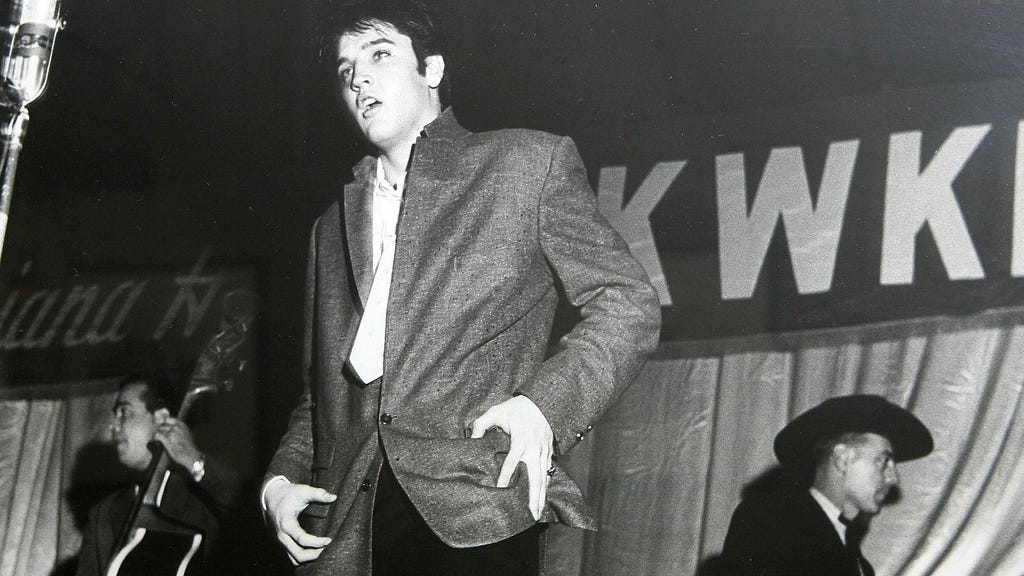The passage reflects on the passage of time, specifically the first quarter-century of the 21st century, and how our perception of time shifts as we age. The author anchors this reflection with personal anecdotes and cultural touchstones, highlighting the seemingly rapid progression from the millennium to the present. The once novel year 2000, with its readily available Russian caviar and the impending driving tests of the 2007 generation, now feels like a recent memory, even though those ”2007 babies” are now young adults. This acceleration of perceived time is attributed to the author’s aging process, as the formative years hold more weight and clarity in memory, while later decades seem to blend together.
The author uses the resurgence of Elvis Presley’s popularity during their teenage years as an example of this phenomenon. At the time, Presley’s death at 42 seemed distant and old, but now that age seems younger, reflecting the author’s own progression through life. Similarly, the 1950s, initially perceived as a mythical and distant past, felt new and exciting when rediscovered through the lens of retro revival. This cyclical nature of nostalgia is further explored with the observation that the 2000s, once the present, are now being revisited and reinterpreted, fitting the pattern of trends resurfacing after roughly two decades.
The author contends that time seems to compress after the 1990s, with the subsequent decades all falling under the umbrella of “the 2000s.” This blending of decades contrasts sharply with the distinct memories of earlier eras. The author further emphasizes this point by comparing the temporal distance a thirteen-year-old today has to 1977 with their own distance to 1929 in 1977. This parallel highlights the relativity of time perception and the cyclical nature of musical genres, as punk rock holds the same historical position for today’s teenagers as traditional jazz did for the author decades ago.
This perception of time’s passage is not solely a personal experience. The author draws on broader cultural shifts and trends, noting the cyclical nature of nostalgia in fashion and music. The revival of 50s rock ’n’ roll in their youth and the current resurgence of 2000s trends illustrate this pattern. The rapid commodification of nostalgia, where what was once contemporary quickly becomes ”retro,” further underscores the accelerating pace of cultural change. This rapid cycle leaves less room for eras to establish themselves as distinct and memorable before being repackaged and reintroduced.
The anecdote about the New York Dolls’ 2004 album, “One Day It Will Please Us to Remember Even This,” serves as a poignant example of the changing perspectives on time and memory. Initially perhaps tinged with irony, the album title now resonates with a more profound and less ironic meaning. The passing of another band member since the album’s release adds another layer to this reflection, highlighting the inevitability of time and the shifting nature of memory. The initial irony of the title gives way to a melancholic realization of time’s passage and the eventual fondness with which we remember even difficult periods.
In essence, the passage explores the subjective nature of time and its relationship to personal and cultural memory. The author’s reflections on the seemingly accelerated pace of recent decades are juxtaposed with the vivid memories of earlier eras. This contrast highlights how our perception of time is shaped by individual experiences, cultural shifts, and the recurring cycle of nostalgia. The concluding reference to the New York Dolls’ album title encapsulates this theme, suggesting that even seemingly insignificant moments eventually gain significance through the lens of time and memory.














